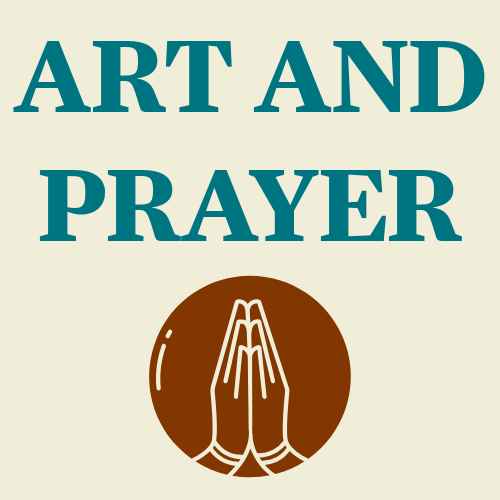Praying with Caravaggio's "The Calling of St Matthew"
What might need to be left behind in order to respond fully to God’s invitation today? Caravaggio’s The Calling of Matthew captures the moment Jesus calls a tax collector to leave behind his old life and follow. The painting invites reflection on the distractions and hesitations that may block openness to God’s call.
Luke 5:27-32
This episode of Art and Prayer invites participants to explore Caravaggio’s painting The Calling of Matthew, focusing on the intersection of art, scripture, and spirituality. Drawing on insights from Juliet Benner’s Contemplative Vision, Chapter 10, the session encourages deep engagement with the artwork as a way to encounter God’s presence. It highlights how art can open a contemplative space that connects heart, mind, and spirit.
Juliet Benner’s reflections remind viewers that human life often feels overshadowed by darkness and distraction, yet God’s light is always present, calling with hope and renewal. The biblical narrative of Matthew’s calling captures this moment of invitation—Jesus calls a tax collector to leave his old life behind and follow. The Gospel accounts, especially Luke’s vivid description, invite reflection on Matthew’s astonishment and immediate response to this call.
Caravaggio’s painting visually dramatizes this encounter. Light streams into a dimly lit room, spotlighting Jesus’ outstretched hand as a gesture of invitation. The contrast between Jesus’ ancient robes and the contemporary dress of Matthew and the others emphasizes the timelessness of this call. The expressions on the figures’ faces range from curiosity to disbelief, prompting reflection on how people respond differently to God’s invitation.
The painting’s details encourage close observation of Matthew’s posture and gaze, which reveal a mixture of astonishment, hesitation, and contemplation. Nearby figures display distraction or skepticism, while Jesus’ partially shadowed face expresses compassion and forgiveness. This tension invites reflection on what distractions or fears might hinder full openness to God’s call in one’s own life.
The session closes by inviting participants to revisit the scripture passage from Luke 5:27-32 and the painting, reflecting on how the contemplative experience may have deepened their understanding. It encourages an ongoing spiritual dialogue about readiness to follow and about what might need to be set aside in response to God’s invitation.





